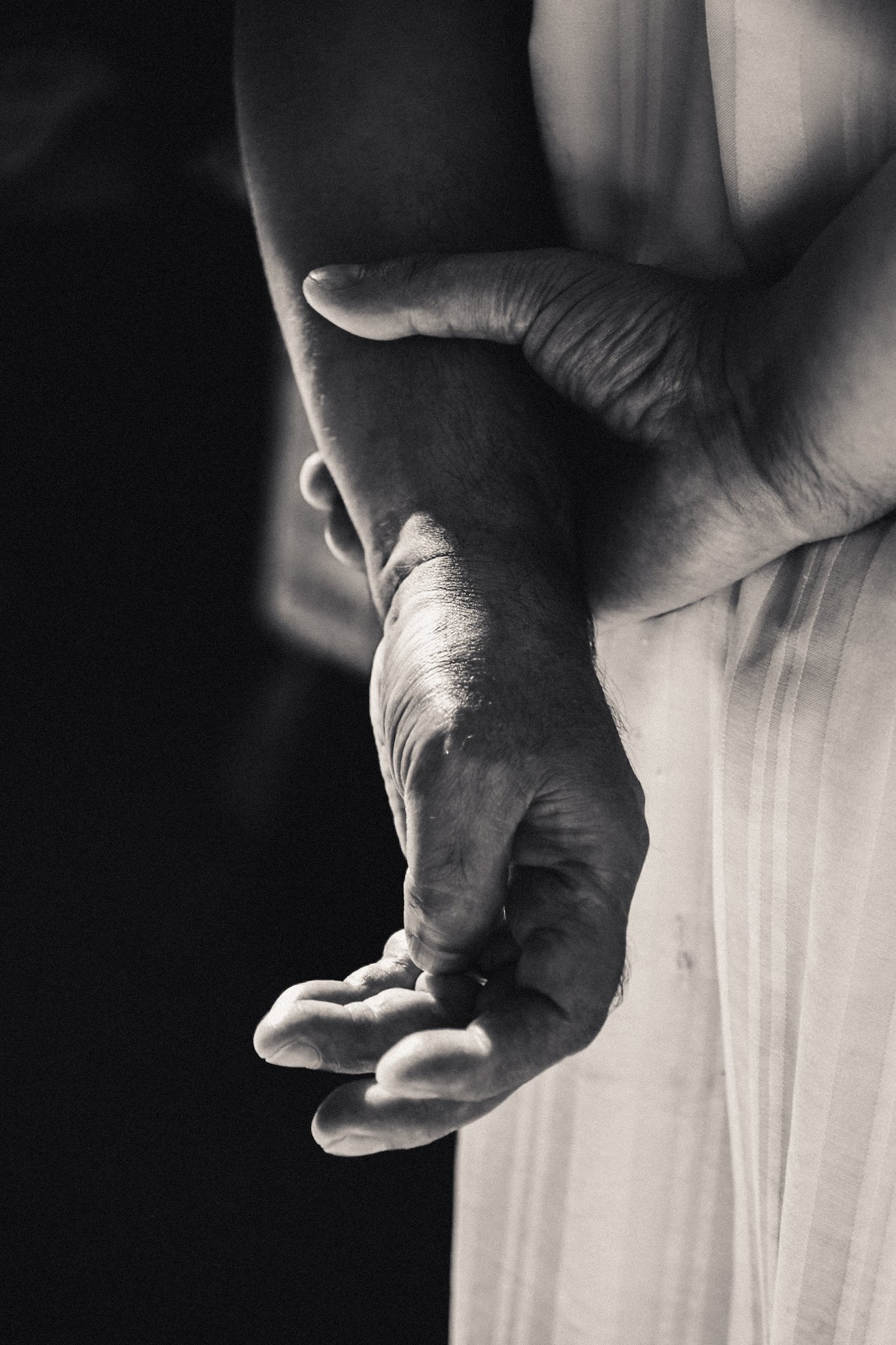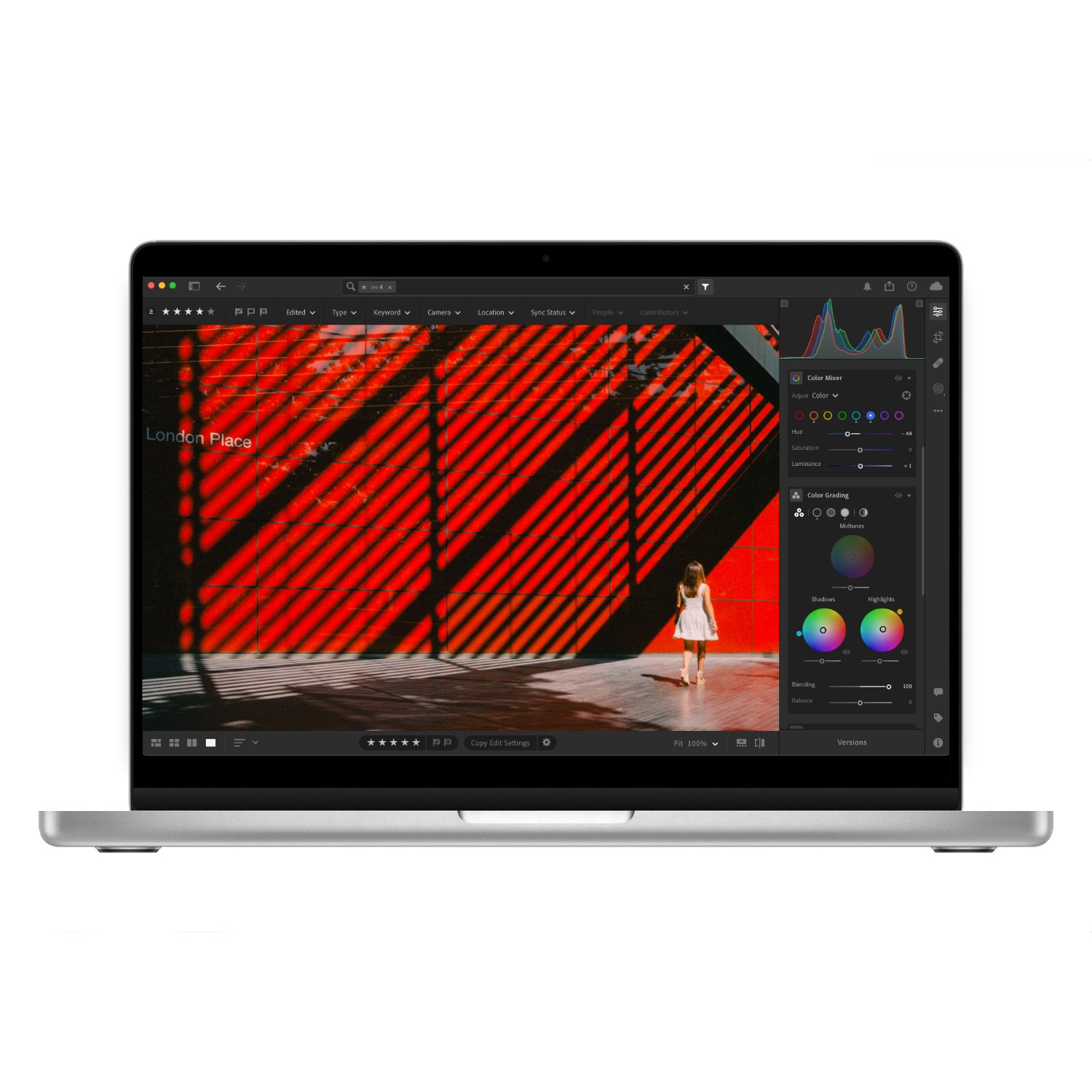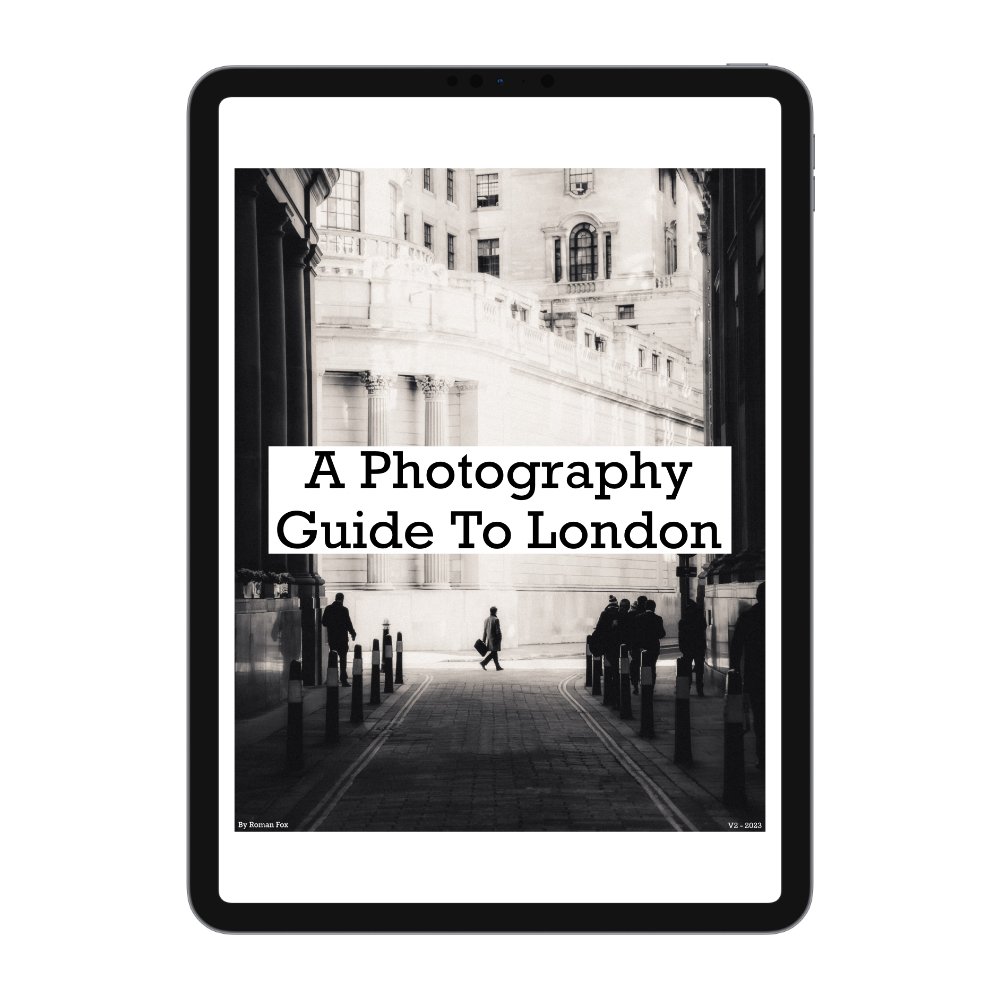Colour vs Black and White - How To Choose
In this blog, I’ll discuss how I decide whether to edit in colour or convert an image to black and white. I mention “in the edit” because I always shoot in colour, even if I use a black and white simulation, as it doesn’t make sense to me to lose the colour data.
Why Choose Colour
The first reason I’d choose colour is if there are complementary colours that create a good balance. For instance, having warm and cool tones that balance each other out results in a more pleasing image compared to different shades in black and white.
The second reason is if there are one or two strong, prominent colours that anchor the image. These colours could be in the subjects or the background, but they need to be among the most striking aspects of the composition.
A third reason is when colour is essential to showcase the subject in the best way, or if the subject relies on its specific colour to convey meaning.
If colour is essential to set the scene, then I feel it needs to be kept. For example, a golden sunrise could work in black and white, but it will likely be more impactful with those warm tones intact.
I also choose colour when I want to set a specific mood. Do I want the image to feel light and cheerful, or dark and moody? Do I want a clean aesthetic or a filmic one? Colour plays a huge role in establishing the mood and emotional tone of a photo.
Finally, if I’m shooting on a sunny day with good light and plenty of natural contrast, I generally prefer to keep the colour. Good light often looks better in colour, in my opinion. That said, high-contrast sunny days can also create fantastic black and white photos.
Why Choose Black and White
The first reason I choose black and white is when the image is already monochromatic, such as a foggy morning or a location with little to no colour. In my experience, monochromatic scenes look better in black and white, with the exception being when colour is needed to set a particular mood.
Conversely, I might convert to black and white if there are too many competing colours and it all feels a bit overwhelming. I try to limit my photos to only two or three main colours, but this isn’t always possible. Removing colour can redirect attention to the focal point or subject.
This leads to the next point: sometimes, colours can distract from the subject or the purpose of the image. If colour is drawing attention away from the intended focus, you can desaturate it, but in some cases, converting to black and white will streamline the composition.
Another common reason is simply that the colours aren’t working. Sometimes, no matter how much you try, you can’t get the colours to balance or look as you’d like. There’s nothing wrong with a black and white conversion to make the image work.
I tend to lean towards black and white when the light is dull and there is little natural contrast. Black and white allows me to push the tones further and create contrast through editing without it looking excessive. I find a colour image has less flexibility for tonal adjustment (to taste).
The Most Important Reason
To finish, I’d like to emphasise that the most important factor in deciding whether a shot should be in colour or black and white is whether you simply like it. Regardless of what I say here, nothing should override your gut feeling and taste. From time to time, you may look back and feel the other option would have been better, but this is part of the learning process.
































































